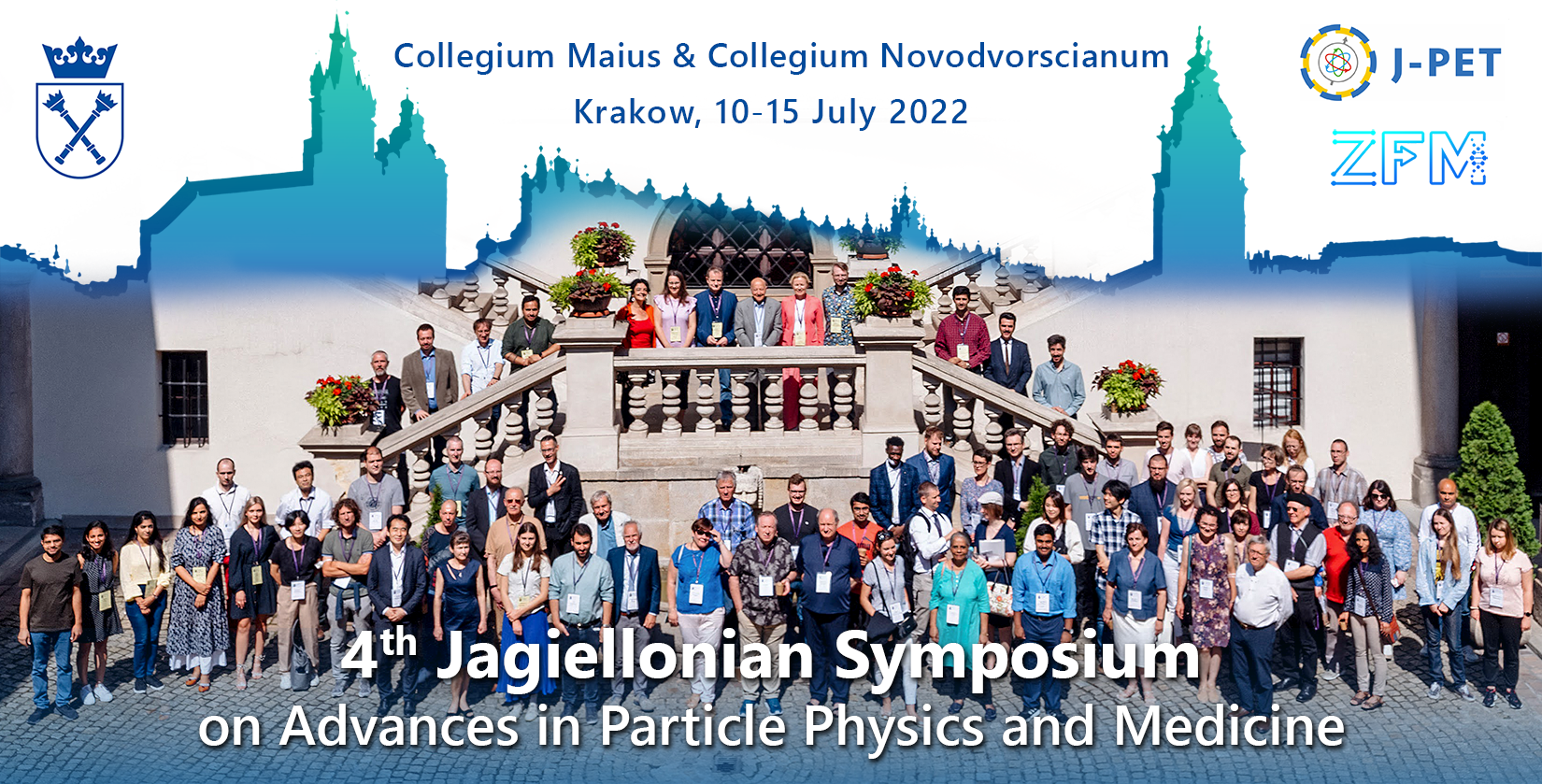Speaker
Description
Author: Yannick Kuhl
Co-authors: Florian Mueller, Stephan Naunheim, David Schug, Volkmar Schulz
Introduction
Available clinical positron emission tomography (PET) systems commonly consist of one-layer segmented detector arrays with planar 2D gamma positioning. However, without 3D positioning in the additional depth-of-interaction (DOI) direction the system’s spatial resolution is reduced at off-centered positions due to parallax errors. This effect is particularly relevant for small ring diameters, or for total body PET devices with a large axial field of view. Monolithic and semi-monolithic detectors represent an attractive alternative with overall good performance characteristics and intrinsic DOI capability. Currently, the best positioning performance of (semi-)monolithic detectors is achieved with individual calibration and subsequent processing, e.g., with machine learning-based gamma position estimation routines. Detector calibration describes the process of acquiring a dataset of gamma interactions in the detector at known positions to generate, e.g., a training dataset for machine learning-based preprocessing approaches. In this work, the machine learning technique gradient tree boosting (GTB) is used that establishes a relationship between the known gamma interaction position and its light distribution and is thus able to assign an interaction position to unknown light distributions. However, the individual calibration is time-consuming, especially for large PET systems, with calibration times of several days per detector using a conventional parallel hole beam collimator. By introducing a fan beam collimator, also used in this work, the process can be accelerated to hours per detector and even to minutes with the adaption to a multi fan beam collimator utilizing several fan beams at the same time.
Currently, however, these methods are only prepared for calibration in test setups, making it tedious to recalibrate the detectors once they have been installed in the PET system. A re-calibration may be necessary due to changes in measurement parameters, such as changes in temperature or bias voltage, as well as aging of the detector components. Therefore, an in-system calibration technique may be necessary to establish (semi-)monolithic detectors in a system. For planar calibration with gamma irradiation along the detector normal only an adjustment of the setup is necessary. For DOI calibration with currently proven lateral detector irradiation, however, a new calibration method must be developed since the detector sides are inaccessible in a ring.
The challenge for in-system calibration is now to generate an appropriate DOI training dataset with known irradiation position, exclusively by measurements in the installed PET system. As a proposed solution, this work introduces two DOI calibration routines based on angular detector irradiation.
Materials
The coincidence setup consists of a fan beam collimator and two PET detectors based on 8 semi-monolithic LYSO slabs with a height of 19 mm and a width of 3.9 mm coupled to a DPC3200-22 dSiPM (PDPC). One of the detectors is the one to be evaluated and can be rotated in steps of 11.25° between lateral irradiation (0°) and the detector normal (90°) in relation to the fan beam plane by a special bracket. In the set position, the detector can be driven through the fan beam using a linear translation stage to irradiate the entire crystal volume for complete calibration datasets.
Angular Irradiation Methods
In the first “monoAngle” method, the DOI position of the gamma interactions is obtained from a previously performed planar position estimation, based on GTB as well, and the known geometric course of the gamma beam inside the detector.
In the second “duoAngle” routine, the DOI position is calculated geometrically from the intersection of two successively irradiated beams and then assigned to the gamma interactions within that intersection. The main task here is to find the gamma interactions in the area around the intersection. The initial assumption is that the light distributions of both beams are similar at the intersection. An iterative, mutual search algorithm narrowing down the light distributions via similarity to this intersection showed the best results. In this iterative search, each light distribution of one beam is compared with all gamma interactions of the other beam for similarity using a Nearest Neighbor routine with a Euclidean distance metric, applied to the inverse optical photon counts. 20% of the most dissimilar gamma interactions per beam are discarded per iteration until a termination criterion is reached, which is based on the Lambert-Beer law and the penetration depth of the beams. Further calculated features based on the light distribution as a supplement showed no improvement. Using a planar position estimation, based on GTB and performed in advance, the gamma interactions in question can be restricted to a planar Y-position range around the intersection prior to the iterative search.
Results and Conclusion
Both methods showed a positioning performance within 5 % to the lateral irradiation (0°) up to an irradiation angle of 45°. Thus, both methods are suitable candidates for in-system calibration. Comparing monoAngle and duoAngle, the monoAngle method is simpler in application and implementation and could provide even better positioning performance for higher resolution detectors than those used here.

